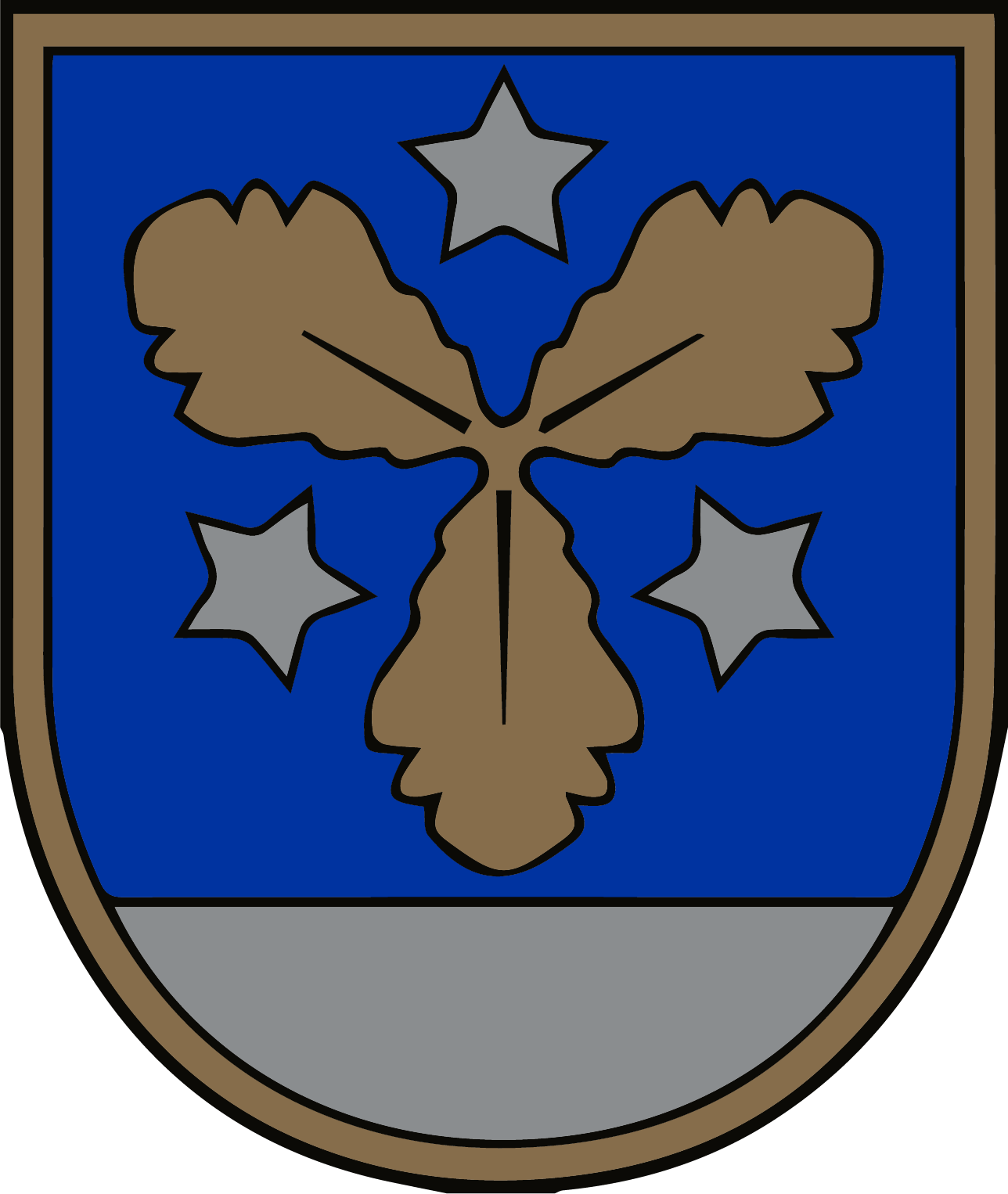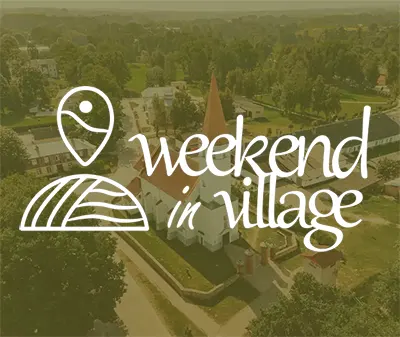Koknese Medieval Castle ruins, castle chronology
Koknese Medieval Castle ruins
The ruins of Koknese Castle are an architectural monument of national importance with protection No.6160 and are located in the territory of the archaeological monument of national importance Koknese Medieval Castle and Ancient Town with protection No.118.
Koknese Castle Mound with medieval castle ruins and ancient town is located in Koknese Park on the right bank of the Daugava on a dolomite rock promontory at the mouth of the Pērse River in Daugava. The site covers a total area of 4.2 ha, including the castle mound with ruins - 0.2 ha, the forecourt - 0.4 ha, and the medieval town - 3.6 ha.
In 1967, the ruins of Koknese Castle were partially destroyed by the creation of the Pļaviņas HPP reservoir and the raising of the water level to the castle walls.
Koknese Medieval Castle chronology
| Earliest period of settlement | The earliest period of settlement dates back to the 1st century BC and the first quarter of the 1st century AD. At the end of the period, the settlement was abandoned for several centuries, or possibly used as a refuge mound in case of danger. |
| Average period of settlement | The middle period of occupation covers the Middle and Late Iron Age (5th - early 13th centuries), when intensive settlement of the site resumed. In the 5th-9th centuries, the remains of buildings, hearths and ovens attest to the occupation. A 5 m long double-sided fortified gateway with a covered superstructure led across the rampart in the plane. Around the year 1000, a fortified bailey with moats and ramparts was created in the eastern part of the hillfort, where active economic activity took place. |
| The latest period of settlement | The latest period of settlement covers the period from the 13th to the 18th centuries, when a stone castle was built on the Koknese hillfort destroyed by the Crusaders. |
| 1209.
| Bishop Albert together with the Order of the Sword began to build the Koknese stone castle (mentioned in documents as Cochenhusen, Kukonoys, Kokenhus, Kokenhusen) on the site of the Latgalian castle mound destroyed the previous year. |
| 1269.-1395. | Koknese is ruled by the Tiesenhausen family. |
| 1277. | Koknese is already a city with a wall. In the Middle Ages, Koknese was one of the 7 towns of the Latvian part of Livonia, with a population of around 400 to 800 people. |
| 1368. | Koknese - member of the Hanseatic League (until the end of the 15th century). |
| 1420. | Koknese becomes the summer residence of the Archbishop. The bishop stays here from Vasarsvētki (celebrated in end of the may) to Miķeļi (middle in the october), while the rest of the time the castle is run by the county governor - the fogts. |
| 1539. | The so-called Great Tower was built in Koknese Castle, and a coin mint was established. |
| 1556. | The Livonian Order captures the last chief bishop. |
| 1559. | The Livonian War begins, and Polish troops arrive in Koknese after the Order's Master concludes a defence treaty with Poland. |
| 1577. | Koknese is conquered by Tsar Ivan IV the Terrible of Russia and destroyed. |
| 1578. | Polish troops force the Russians out of Koknese. Swedes under King Gustav Adolf take Koknese. |
| 1601. | On the 23rd of March, Koknese is besieged by Duke Charles IX. On 12 May he is defeated by the Poles. |
| 1621. | On 27 August, King Gustav Adolf of Sweden takes Koknese. |
| 1636. | Koknese is declared one of the 4 county towns of Vidzeme (Riga, Koknese, Pärnu, Tērbata). |
| 1656. | Koknese is conquered by Russian Tsar Alexei Mikhailovich. Koknese is renamed Carevich - Dmitriev, large warehouses are built, money is minted, shipbuilding is expanded, and an important river navy is established. |
| 1661. | Under the Treaty of Cardis, Koknese is returned to Sweden. Russia destroys its Daugava naval fleet in the retreat. |
| 1684. | The Swedes dismantle the fortifications of the castle to allow them to use their cannons freely. |
| 1700. | The Saxon troops of the King of Poland capture Koknese Castle. |
| 1701. | On 25th July 1701, the Saxon Colonel Boze orders the bombing of Koknese Castle |

Koknese castle, suburbs and town around 1625.
- Aizkraukle municipality and Koknese tourism information centre
1905. gada iela 7, Koknese
(+371) 29275412, (+371) 65161296 - Aizkraukle tourism information point
Lāčplēša iela 4, Aizkraukle
(+371) 25727419 - Jaunjelgava tourism information point
Jelgavas iela 33, Jaunjelgava
(+371) 27366222 - Plavinas tourism information point
Daugavas iela 49, Pļaviņas
(+371) 22000981 - Skrīveri Tourism Information Point
Daugavas iela 85, Skrīveri, Skrīveru pagasts
(+371) 25661983 - Staburags tourism information point
Staburaga saieta nams, 2. stāvs, Staburags, Staburaga pagasts
(+371) 29892925 - Nereta tourism information stand
Dzirnavu iela 5, Nereta, Neretas pagasts
(+371) 26674300 - Mazzalve tourism information
Skolas iela 1, Ērberģe, Mazzalves pagasts
(+371) 26156535 - Irši manor barn - Magazina
Irši, Iršu pagasts
(+371) 26344757






